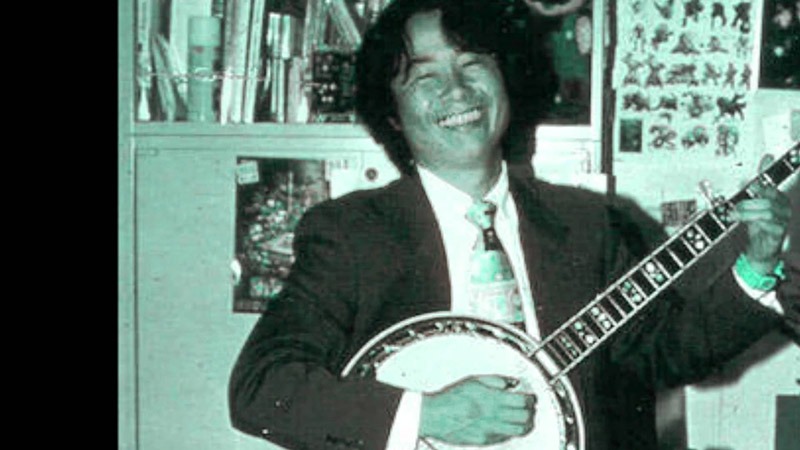
Miyamoto grew up wandering through woods around Kyoto; he used his childhood as an inspiration for his game design. All of the series he designed is essentially a scavenger hunt. In Super Mario, you are looking for the princess by following the hints she left or the stars left behind.
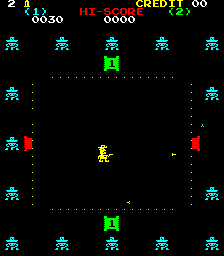
In Zelda, you search for items you need to battle Ganon and other villains. Zelda draws the most heavily on the idea of wandering; it often doesn’t even give you a hint as to where to go. Metroid is also a hunt for various items with as few hints as Zelda. The environments are more exotic and alien. Miyamoto originally wanted to be a mangaka, a manga author and artist. The Japanese comic book style heavily influences the look of many of his characters, particularly Link and Samus. He decided to try to design a video game after seeing Space Invaders. He did the artwork for Nintendo’s first arcade game: Sheriff.
Miyamoto enjoys bluegrass and smoked until he was 40. Now, he exercises, avoids smoking and pachinko, and enjoys interior decorating.
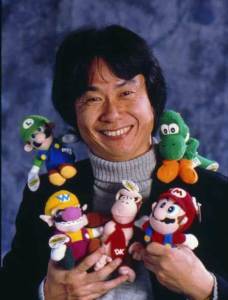
Miyamoto may keep the same template for his games, but they are also tweaked in often daring ways. The Legend of Zelda: The Wind Waker has players sailing across vast oceans, for example. Miyamoto ‘s team has a hand in these changes, but the man’s original creativity shines through. Miyamoto is to video gaming as Miyazaki is to anime. Both are influential and also thought of as a little overrated. Video gaming is one of the most influential cultural exports from modern Japan. Although we often don’t think of video games as being a cultural product. Video gaming is an internal commodity. Miyamoto designed games with Americans in mind. However, there are elements of Japanese culture found within them. The manga art style is just one of the more visible. Video games often feature samurai, katana, Shinto, and other Japanese elements.
Miyamoto was one of the most influential people behind this export. He has entertained and inspired people across the world with is plucky plumber, courageous hero, and steel-willed bounty hunter. It all started in the woods around Kyoto, the ancient cultural center of Japan.
References
Paumgarten, N (2010). Master of Play. The New Yorker. http://www.newyorker.com/magazine/2010/12/20/master-of-play
Sheff, D. (1993). Game Over: Nintendo’s Battle to Dominate on Industry. London: Hodder & Stoughton.
Weyer, M. (n d.) Shigeru Miyamoto’s Secret Identity: Industrial Designer as Game Creator. https://www.academia.edu/7521650/Shigeru_Miyamoto_s_Secret_Identity_Industrial_Designer_as_Game_Creator
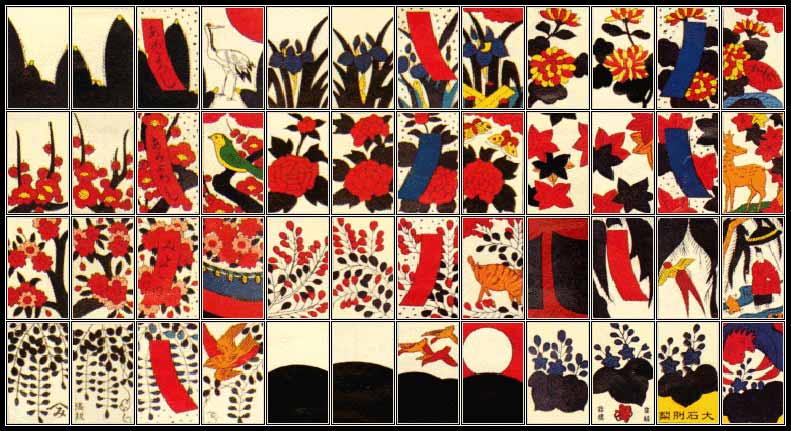
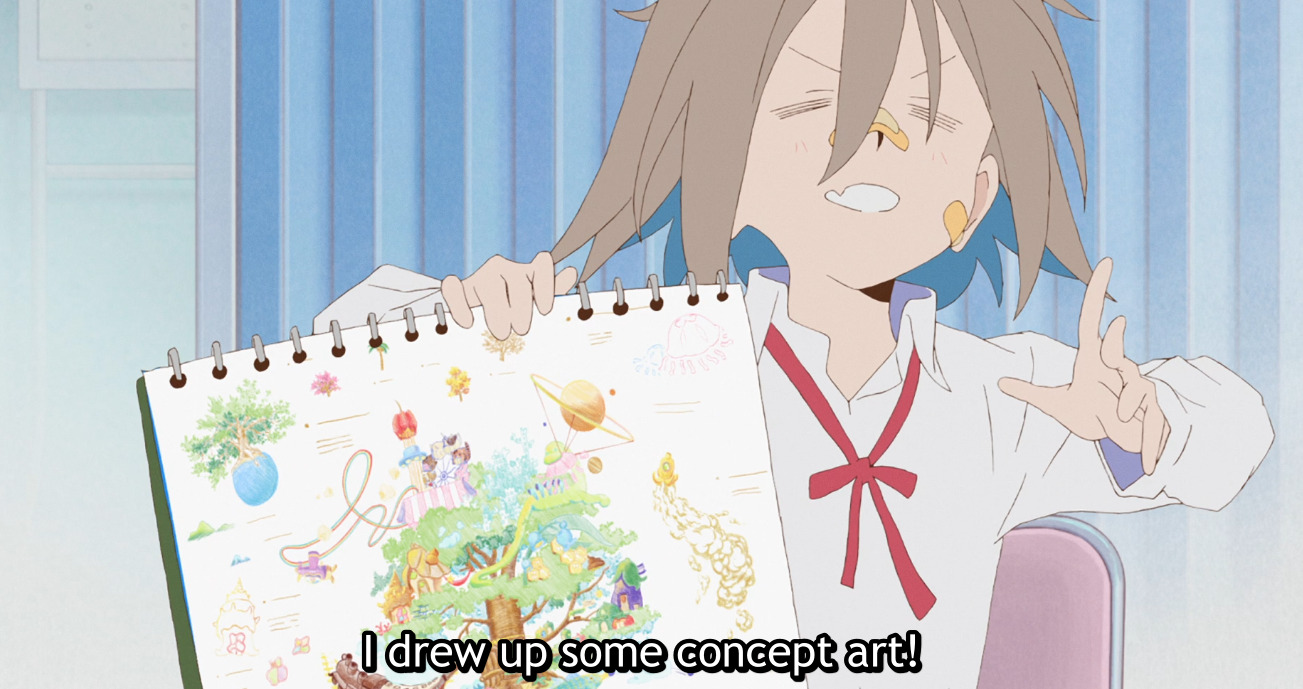
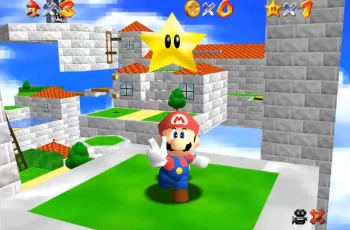
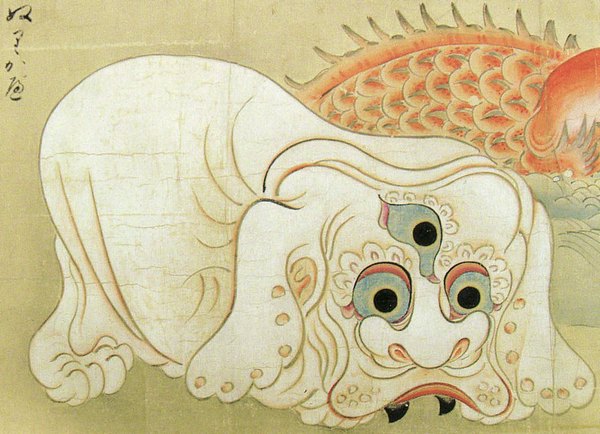
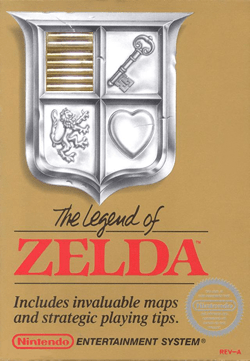
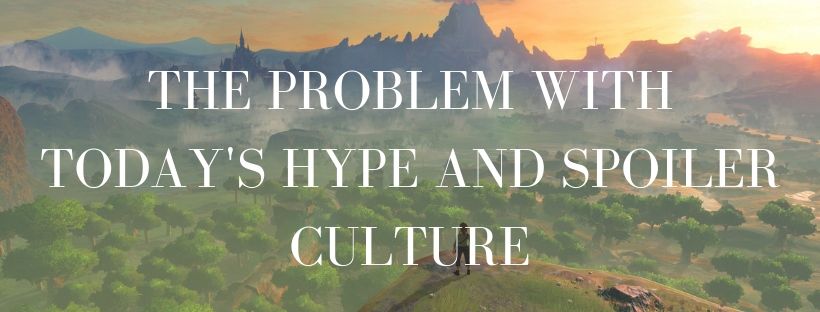
Awesome article, Chris.
I chased that same je-ne-sais-quoi when I was exploring Kyoto on my folding bike. I was wrestless and determined to discover what inspired Shiggy to come up with the world depicted in The Legend of Zelda. I found it in the Fushimi Inari Grand Shrine, a short distance from the Nintendo headquarters in the woods on Inariyama mountain.
I visited in fall and then again in spring. Check out this short video I made about the place:
I’m not sure if I was able to fully impart the feeling you get exploring that place… But somehow… It’s the closest I’ve ever gotten to The Legend of Zelda IRL.
Enjoy,
Khan
Wandering in the woods and stumbling across a building of any type stimulates the imagination. To this day, I can’t wander wooded areas without the Zelda overworld song playing in my mind.
Nice video! It is funny how the exotic to some is simply home for others. The exotic and exciting is around each of us, if we could only see with fresh eyes.